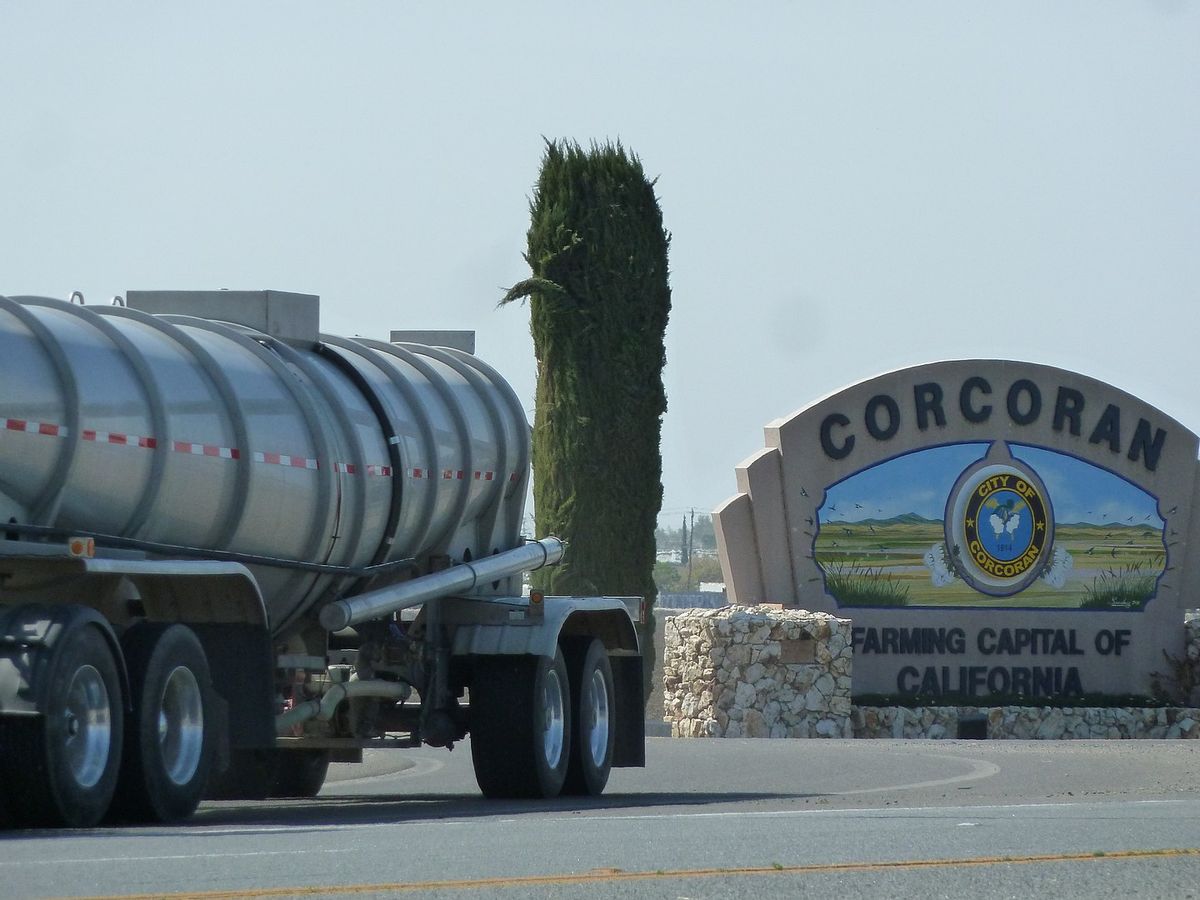If you thought your city had problems, think again.
For about 14 years, the town of Corcoran in the San Joaquin Valley of California has been sinking deeper and deeper.
At first glance, the problem is not as dramatic as it sounds. Homes, buildings, or roads don’t crumble as a result, and the soil dips over a period of time. The technical term for this is subsidence, or “the slow-motion deflation of land that occurs when large amounts of water are withdrawn from deep underground, causing underlying sediments to fall in on themselves.”
Located around 50 miles south of Fresno, the town is 7.47 square miles, with 21,960 residents, and each year, it sinks from a few inches to almost 2 feet. Portions of the town have sunk as much as 11.5 feet in some places.
The primary cause of this sinking appears to be agriculture. For decades, agricultural companies have pumped out underground water to irrigate their crops, according to the United States Geological Survey (USGS) California Water Science Center. This occurs when surface water from rivers and canals are insufficient and farmers have to turn to groundwater for irrigation purposes, which is water under the surface that needs to be pumped out.
NASA scientists have been tracking subsidence in Corcoran for years using radar and satellite technology. Satellite imagery showed that Corcoran has sunk only 4 feet in some areas since 2015, but a water management agency estimates that the area will sink another 6 to 11 feet over the next 19 years.
The sinking resulted in a range of infrastructure problems for the residents of Corcoran and for farmers, including crushing the casings of four drinking-water wells used by the city. Re-drilling new wells costs hundreds of thousands of dollars pulled from city taxes. More than a million dollars was spent over a decade to construct lift stations that pumped water through ditches because the sinking land prevented water from flowing naturally. Farmers have borne those costs.
This phenomenon is not limited to Corcoran. Subsidence is occurring in parts of Houston-Galveston in Texas, and in Arizona, Louisiana, and New Jersey.
Corcoran relies largely on agriculture with 30 percent of the town’s working-age residents in the farming industry, and more than 30 percent of residents living in poverty. More details about the crisis can be read in a New York Times report here.

